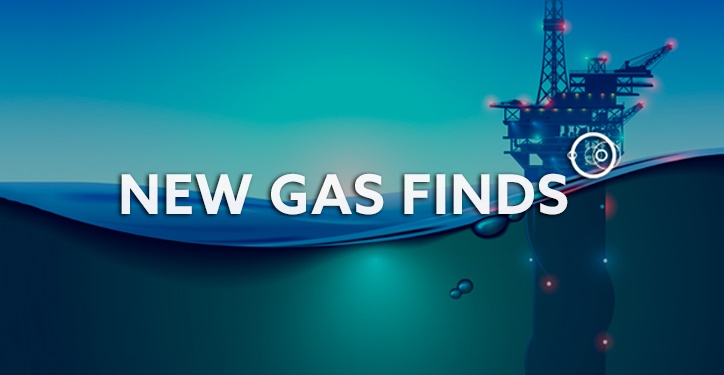In the latest edition of Energy North our Head of Energy Insight Andrew discusses the future of the U.K's gas industry in the North Sea.
It may be a remote, harsh and challenging area to operate in, but the deep waters west of the Shetland Isles may arguably hold the future of the U.K.’s gas industry and of the country’s wider energy provision in their grasp.
It was announced recently that French operator Total had struck the gas equivalent of gold at its Glendronach prospect west of Shetland, which is expected to produce one trillion cubic feet or 175 million barrels of oil equivalent.
Total will use infrastructure from the nearby Edradour field to link up to Glendronach, which will in turn be tied back to the Laggan-Tormore development from where gas is piped the 90 miles back onshore to Shetland.
Oil and Gas UK chief executive Deirdre Michie described the Glendronach find as a ‘major discovery… which demonstrates the exciting potential the west of Shetland frontier region holds’. Total, which has a 60 percent operated interest in the field, and partners Ineos and SSE, which each have 20 percent, were equally as supportive of Glendronach’s potential impact on our energy provision. Total’s president of exploration and production Arnaud Breuillac said Glendronach was a ‘significant discovery…located on an emerging play of the prolific west of Shetland area, the discovery can be commercialised quickly and at low cost’.
For SSE, wholesale director Martin Pibworth said the discovery was a major addition to its recoverable gas resources. He added: “Gas production assets are a natural complement to SSE’s interests in gas-fired power generation and gas supply to business customers.”
Glendronach is important because it represents the latest milestone in an ever-growing recognition by Whitehall that something big in gas and oil is happening west of Shetland.
Total’s announcement follows on from others, including Hurricane Energy, BP and others over the years that have put the area firmly on the map as one that is rich in hydrocarbons.
In fact, earlier this year a report by consultant Wood Mackenzie predicted at least five exploration and appraisal wells would be drilled in the west of Shetland in 2018, the highest number for your years.
The identification of this latest gas find, though, has a much greater significance at this present time for three main reasons.
Firstly, it’s widely recognised that the world must move towards non-carbon emitting energy sources. The Intergovernmental Panel on Climate Change, following on from the 2 degrees centigrade target set the COP 21 Paris Climate Change Agreement, recently called for a reduction in greenhouse gas emissions to zero by the middle of this century or we will face the environmental consequences. Despite the setting of questionable targets and protestations from politicians around the world, this complete change to carbon free energy will not be rapid – I honestly doubt I will see a world devoid of fossil fuel use in my lifetime. Therefore gas, as the ‘greenest’ hydrocarbon, has a role to play as a bridging energy source as we transition from dirtier coal and oil to wind, solar and wave.
Secondly, as the U.K. now relies on gas imports, Glendronach will be particularly welcomed by a U.K. Government eager to enhance our own gas reserves and wean us off an over reliance on Russian imported gas against a backdrop of growing hostilities between the two countries.
And thirdly, the growing importance of the gas industry west of Shetland, building on existing activity in the area offshore, may deflect the U.K. Government’s attention away from the legal wrangle that surrounds its controversial support of onshore fracking as a solution to solving our gas supply shortages.
For all the above reasons, the discovery of Glendronach, and the hope that the west of Shetland will reveal even more of its oil and gas secrets in future, could benefit us all.
